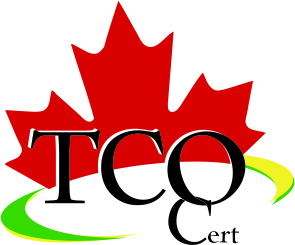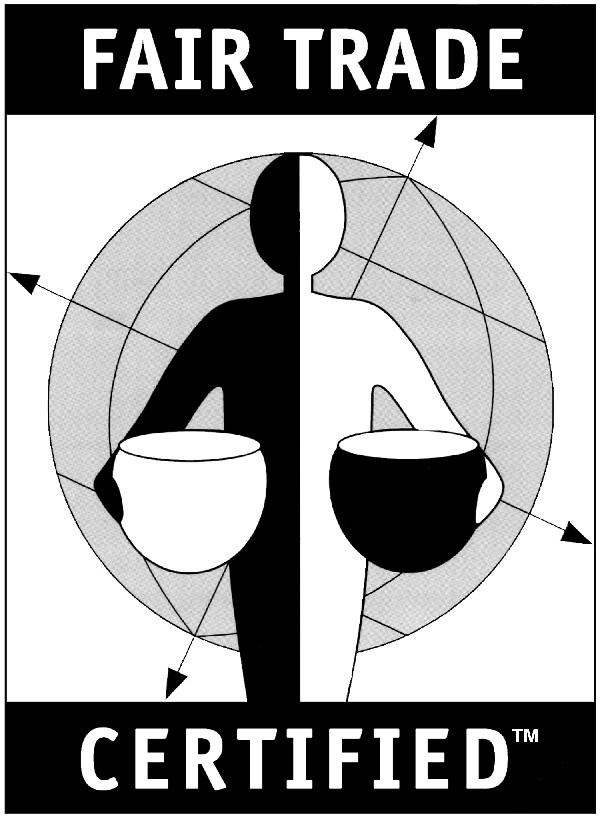Sorry, there is nothing so show!
- August 2024 (1)
- February 2024 (1)
- January 2024 (1)
- December 2023 (1)
- November 2023 (1)
- October 2023 (1)
- June 2023 (1)
- May 2023 (1)
- April 2023 (1)
- March 2022 (1)
- December 2021 (1)
- July 2021 (1)
- May 2021 (1)
- October 2020 (1)
- September 2020 (1)
- July 2020 (1)
- June 2020 (1)
- March 2020 (2)
- February 2020 (1)
- December 2019 (1)
- September 2019 (1)
- July 2019 (1)
- April 2019 (1)
- February 2019 (2)
- November 2018 (1)
- October 2018 (2)
- September 2018 (2)
- June 2018 (2)
- May 2018 (1)
- April 2018 (2)
- March 2018 (1)
- February 2018 (1)
- January 2018 (4)
- November 2017 (5)
- October 2017 (1)
- September 2017 (1)
- August 2017 (1)
- July 2017 (3)
- June 2017 (3)
- May 2017 (9)
- April 2017 (4)
- March 2017 (7)
- February 2017 (3)
- January 2017 (4)
- December 2016 (3)
- November 2016 (2)
- October 2016 (9)
- September 2016 (4)
- August 2016 (5)
- July 2016 (6)
- June 2016 (10)
- May 2016 (8)
- April 2016 (10)
- March 2016 (13)
- February 2016 (2)
- January 2016 (11)
- December 2015 (8)
- November 2015 (7)
- October 2015 (15)
- September 2015 (13)
- August 2015 (12)
- July 2015 (12)
- June 2015 (14)
- May 2015 (15)
- April 2015 (20)
- March 2015 (15)
- February 2015 (14)
- January 2015 (14)
- December 2014 (12)
- November 2014 (17)
- October 2014 (20)
- September 2014 (15)
- August 2014 (12)
- July 2014 (14)
- June 2014 (10)
- May 2014 (10)
- April 2014 (8)
- March 2014 (8)
- February 2014 (9)
- January 2014 (1)
- December 2013 (2)
- November 2013 (8)
Search the Kencaf Blog
Did you know?
Raw coffee beans, soaked in water and spices, are chewed like candy in many parts of Africa.







